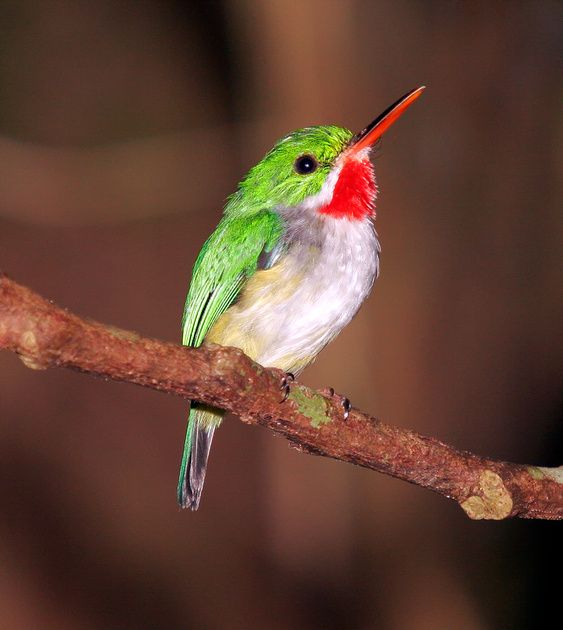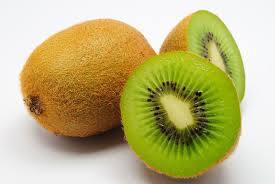The great spotted kiwi (Apteryx haastii), great grey kiwi or roroa is a species of kiwi endemic to the South Island of New Zealand. The great spotted kiwi, as a member of the ratites, is flightless. It is the largest of the kiwi. It is a large pale kiwi with brownish-grey finely mottled feathers or banded horizontally with white, a long pale bill, and short dark legs and toes often with dark or dark streaked claws. Great spotted kiwi live in forested mountains from sea level to 1,500 metres but mainly in the subalpine zone of 700-1,100 metres. They use a wide variety of habitats, including tussock grasslands, beech forests, podocarp/hardwood forests, and scrub. Great spotted kiwi eat mostly small invertebrates, especially earthworms and larvae of beetles and cicadas; they also eat centipedes, spiders, beetles, weta, snails and freshwater crayfish. Some small fallen fruit and leaves are eaten. Because adult great spotted kiwis are large and powerful, they are able to fend off most predators that attack them, such as stoats, ferrets, weasels, pigs, brush possums and cats, all of which are invasive species in New Zealand. However, dogs are able to kill even adults. Male gives a high-pitched ascending whistle repeated 10-20 times, female gives a slower and lower pitched ascending trill repeated 10-15 times. Here is a link so you can listen to this bird too.
Like the fruit



